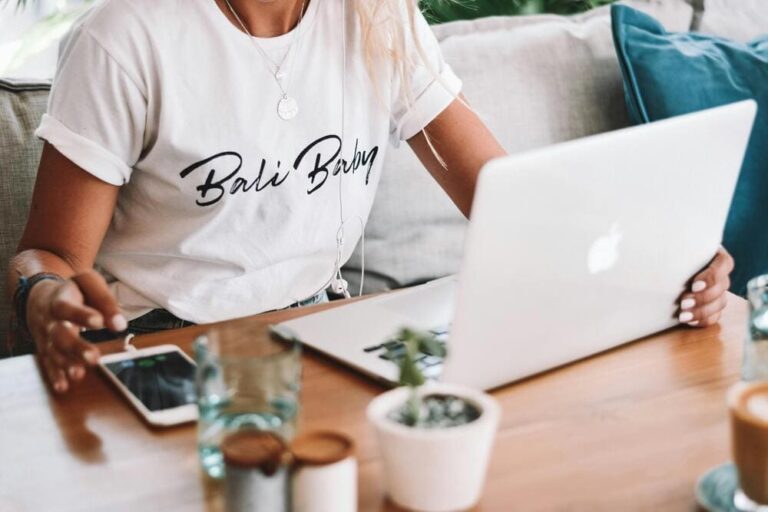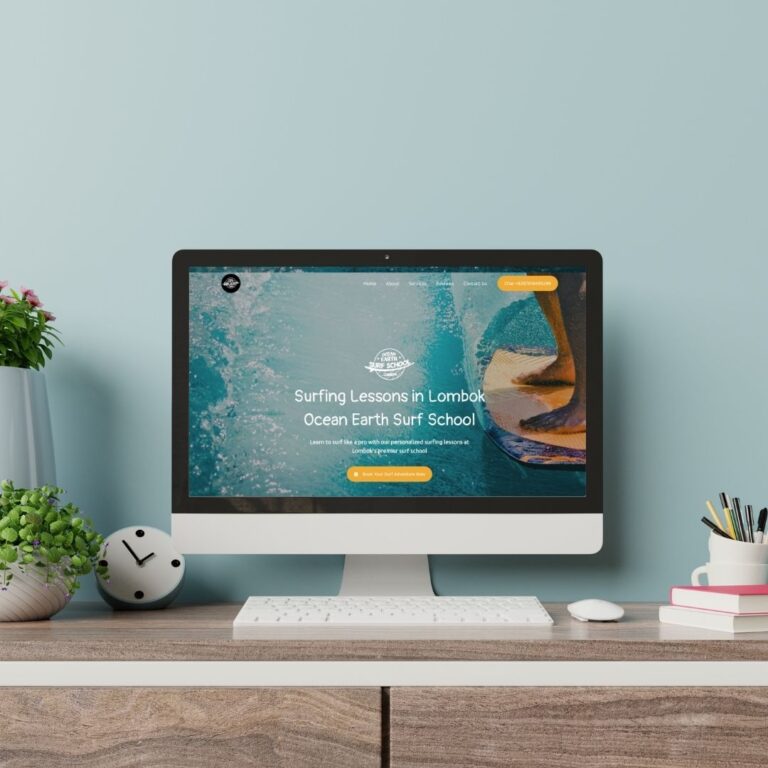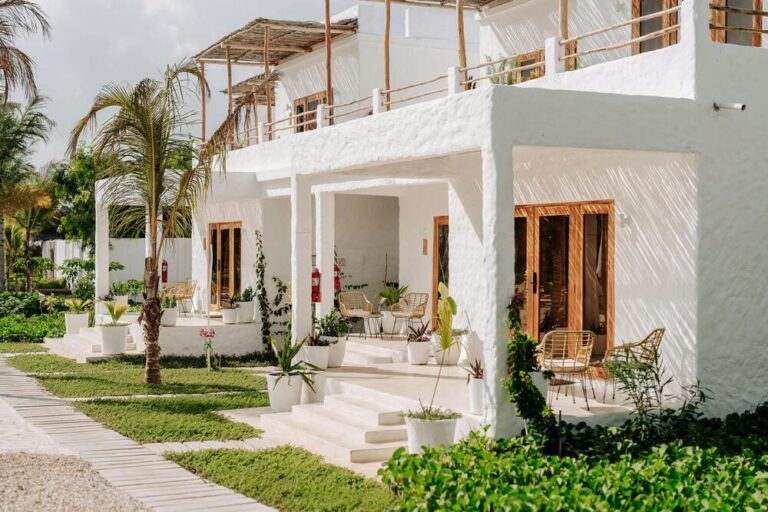If you’ve ever dreamed of riding waves under the tropical sun, the Philippines is the perfect place to start. With over 7,000 islands and a coastline stretching thousands of kilometers, this country offers some of the best beginner-friendly surfing destinations in the world. Unlike the intimidating waves of Hawaii or Australia, the Philippines boasts surf spots with gentle, rolling waves, making it an ideal location for first-time surfers. Whether you’re looking for a weekend getaway from the city, a budget-friendly surf town, or a vibrant surf community, there’s a place for you.
This guide will help you navigate the best beginner-friendly surf destinations in the Philippines, recommend top surf schools, and provide essential tips for your first surfing experience.
Where to Learn Surfing in the Philippines: The Best Beginner-Friendly Surf Spots
Not all surf spots are beginner-friendly. Some locations feature powerful reef breaks, which are better suited for advanced surfers, while others provide the ideal conditions for those just starting out. If you’re new to surfing, it’s important to choose a place with manageable waves, sandy ocean floors, and experienced instructors. Three places in the Philippines stand out as the best destinations for learning to surf: Siargao, Baler, and La Union.
Siargao – The Ultimate Surfing Paradise
Siargao, often referred to as the surfing capital of the Philippines, is famous for its world-class waves. While advanced surfers flock to Cloud 9, a legendary right-hand reef break, beginners will find plenty of surf-friendly beaches to practice on. Spots like Jacking Horse and Quicksilver provide smaller, more forgiving waves perfect for first-timers.
Aside from its waves, Siargao offers a laid-back island lifestyle, charming hostels, and a welcoming surf community. The island has an abundance of surf schools that cater to beginners, including Kermit Siargao Surf School, Fat Lips Surf School, and Harana Surf School. Lessons typically cost between ₱500 to ₱700 ($10-$14) per hour, including board rental and rash guards. With warm water and friendly instructors, Siargao is an excellent choice for those who want to learn surfing while soaking in the island life.
Baler – The Birthplace of Surfing in the Philippines
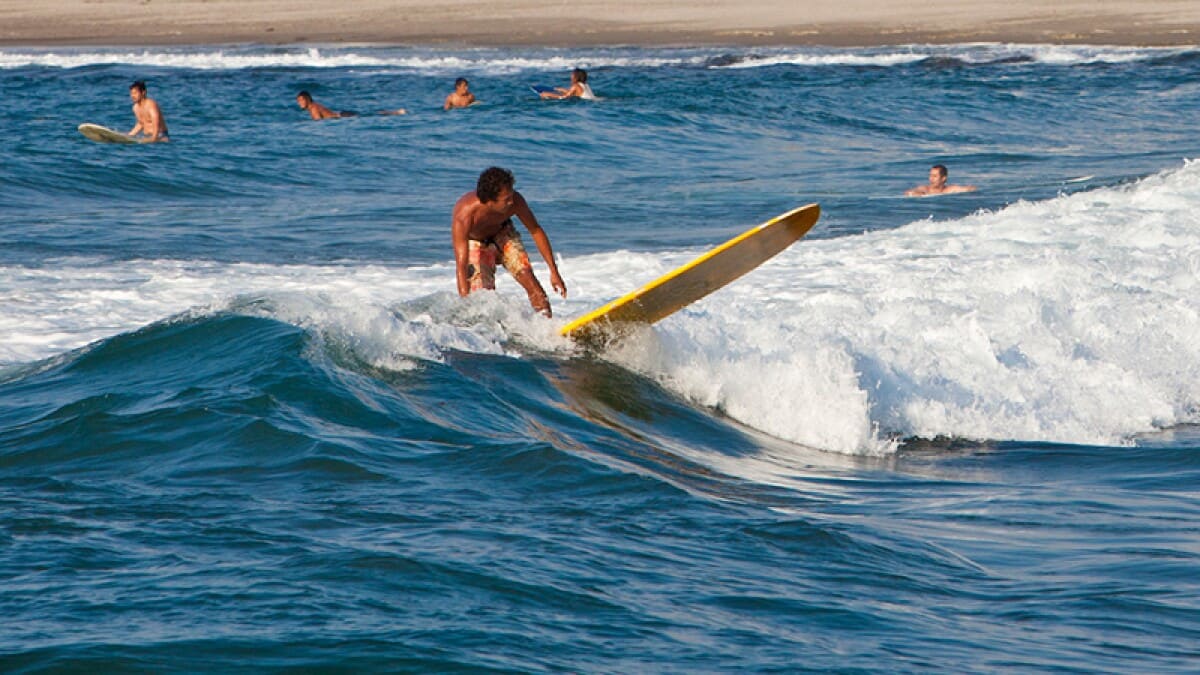
For those looking for a more budget-friendly surfing destination, Baler is a fantastic option. This small town in Aurora province is known as the birthplace of surfing in the Philippines, thanks to the Hollywood film Apocalypse Now, which introduced the sport to locals in the 1970s. Today, Sabang Beach is the go-to spot for beginners, offering gentle beach breaks and plenty of surf schools.
Compared to Siargao, Baler has a more laid-back and rustic charm, with many affordable accommodations lining the beachfront. Surf schools such as Charlie Does Surf School, Mahdox Surf School, and Baler Surf School provide professional instructors and well-maintained boards, with lesson prices ranging from ₱350 to ₱600 ($7-$12) per hour. Since Baler is only a few hours from Manila, it’s an accessible weekend getaway for those who want to escape the city and try surfing without spending too much.
La Union – The Best Weekend Surf Escape
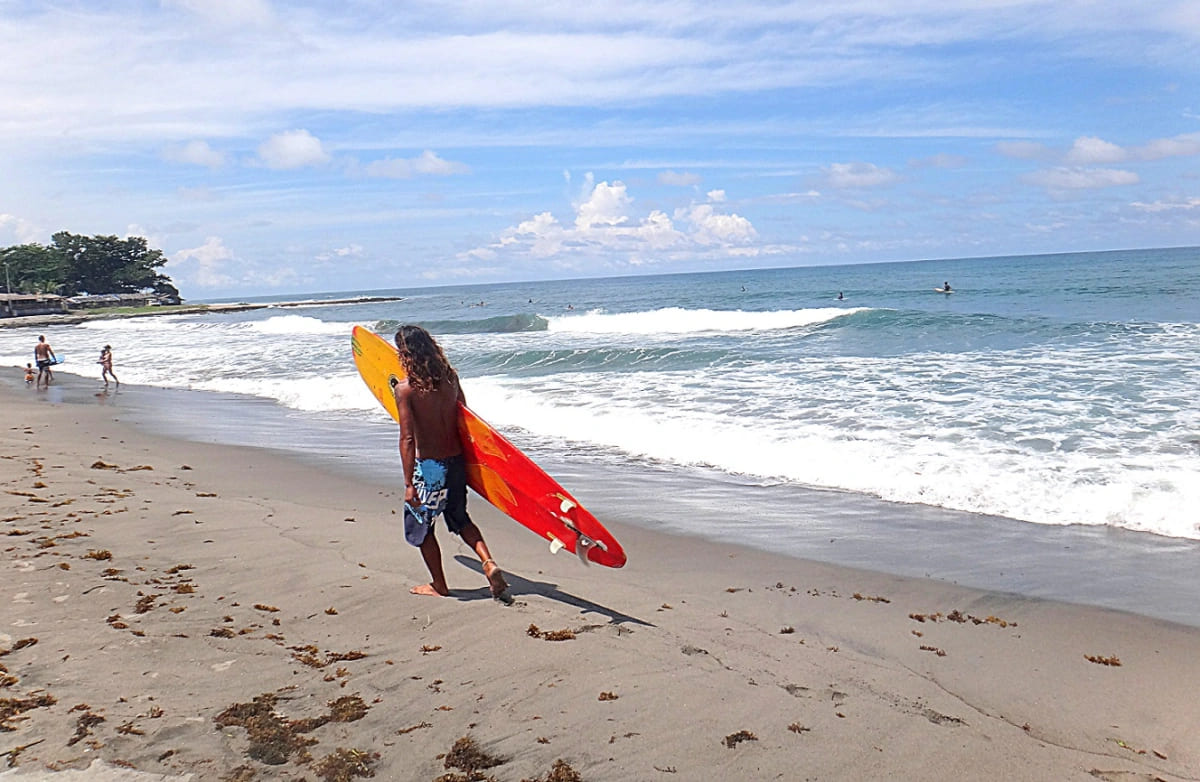
La Union, often called Elyu, is another excellent spot for beginner surfers, especially for those coming from Manila. Located just four to five hours north of the capital, it has become a popular surf and social destination, attracting a mix of surfers, digital nomads, and weekend travelers. The waves at Urbiztondo Beach are gentle and consistent, making it an ideal place to start your surfing journey.
What sets La Union apart is its thriving surf culture and vibrant nightlife. After a long day of surfing, you can explore cozy cafés, beachfront bars, and art spaces. For those looking to improve their skills, San Juan Surf School (founded by pro surfer Luke Landrigan), Sebay Surf Central, and Fatwave Surf Resort offer structured lessons with experienced instructors. Lesson prices range from ₱400 to ₱800 ($8-$16) per hour, slightly higher than Baler but still reasonable given the high-quality instruction and facilities.
What to Expect as a First-Time Surfer
Learning to surf for the first time is both exciting and challenging. If you’ve never tried standing on a surfboard before, expect to spend some time practicing on the sand before heading into the water. Most surf schools start with land training, where instructors teach you the basics of paddling, balancing on the board, and the “pop-up” technique, which helps you transition from lying down to standing up on the wave.
Once in the water, your instructor will guide you through catching your first waves. It’s completely normal to fall multiple times before successfully riding a wave. The key is to stay patient and keep trying. Another crucial part of your first surf lesson is learning about ocean safety and surf etiquette. Instructors will teach you how to position yourself in the lineup, how to avoid collisions, and why it’s important to always wear a leash to keep your board attached.
Surfing is as much about having fun as it is about building confidence in the ocean. With the right mindset and guidance, anyone can learn to ride a wave!
How to Choose the Right Surf Instructor
Finding the right surf instructor can make a huge difference in your learning experience. Since surfing involves not just balance and coordination, but also understanding the ocean, it’s important to learn from an experienced and patient teacher. When choosing a surf school, look for certified instructors, preferably those with ISA (International Surfing Association) certification.
Another factor to consider is the class size. One-on-one lessons are ideal, but if you’re taking group lessons, choose a school that limits the number of students per instructor to ensure personalized attention. Checking Google Reviews and TripAdvisor can also help you find surf schools with positive feedback. Lastly, quality equipment is crucial, so make sure your surf school provides well-maintained boards and safety gear.
How Much Does Surfing Cost in the Philippines?

One of the best things about learning to surf in the Philippines is that it’s very affordable compared to other surfing destinations. The cost of lessons varies by location, but most surf schools offer hourly rates between ₱350 and ₱800 ($7-$16). Many schools also provide multi-day lesson packages, which can be a great way to save money if you’re planning to surf for several days.
In addition to lessons, you may need to rent a surfboard, which typically costs ₱200 to ₱450 ($4-$9) per hour. Some hostels and surf camps include free board rentals for guests, so it’s worth checking out accommodation options that cater to surfers.
Which Surf Spot Should You Choose?
Each of the three surf spots has its own unique charm. Siargao is perfect for those who want an immersive island experience and a thriving surf culture. Baler is ideal for budget travelers and history buffs who want affordable lessons in a relaxed setting. La Union is the best choice for weekend warriors who want a mix of surfing, socializing, and nightlife. No matter where you go, learning to surf in the Philippines is an adventure worth taking!
If you’re serious about getting into surfing, consider booking lessons with a professional surf school to maximize your progress. Surfing isn’t just a sport—it’s a lifestyle that brings you closer to nature, challenges you physically, and gives you a sense of freedom like no other.
Ready to Ride the Waves?
If this guide helped you find your ideal surf destination, share it with your surf buddies! Looking for SEO or website services for your surf school? Noethera specializes in helping surf businesses grow their online presence. Contact us today and let’s get started! 🚀



